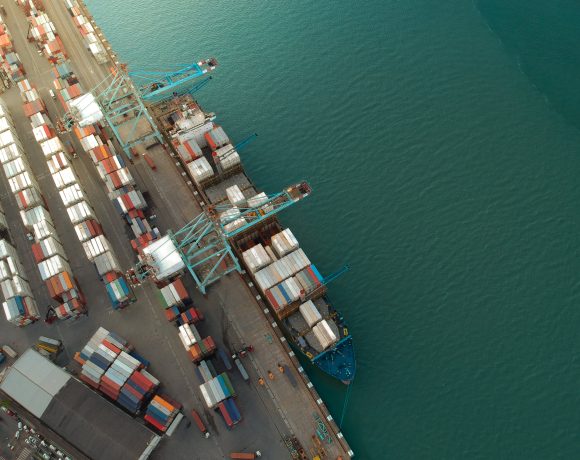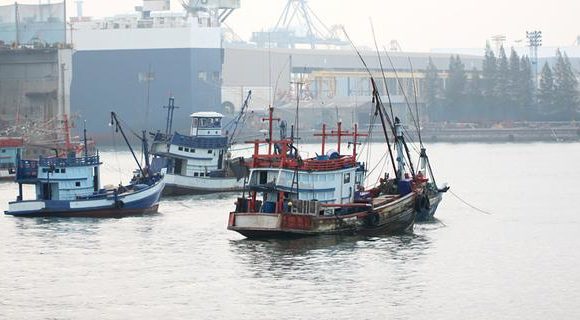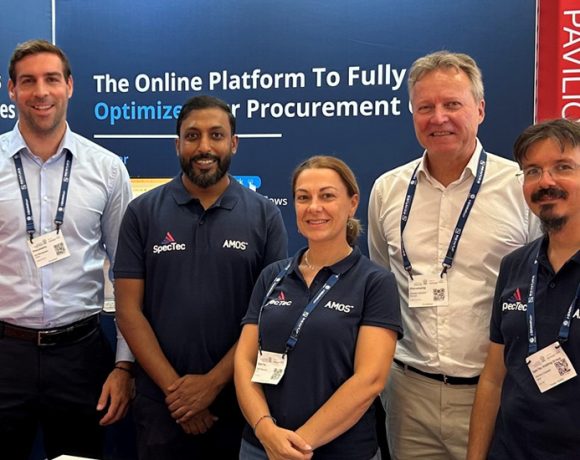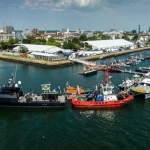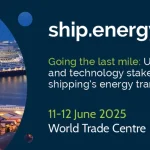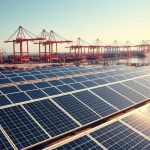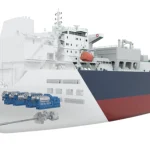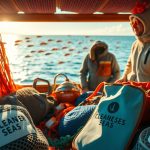Eco-friendly Aquaculture Practices: Balancing Seafood Production and Conservation
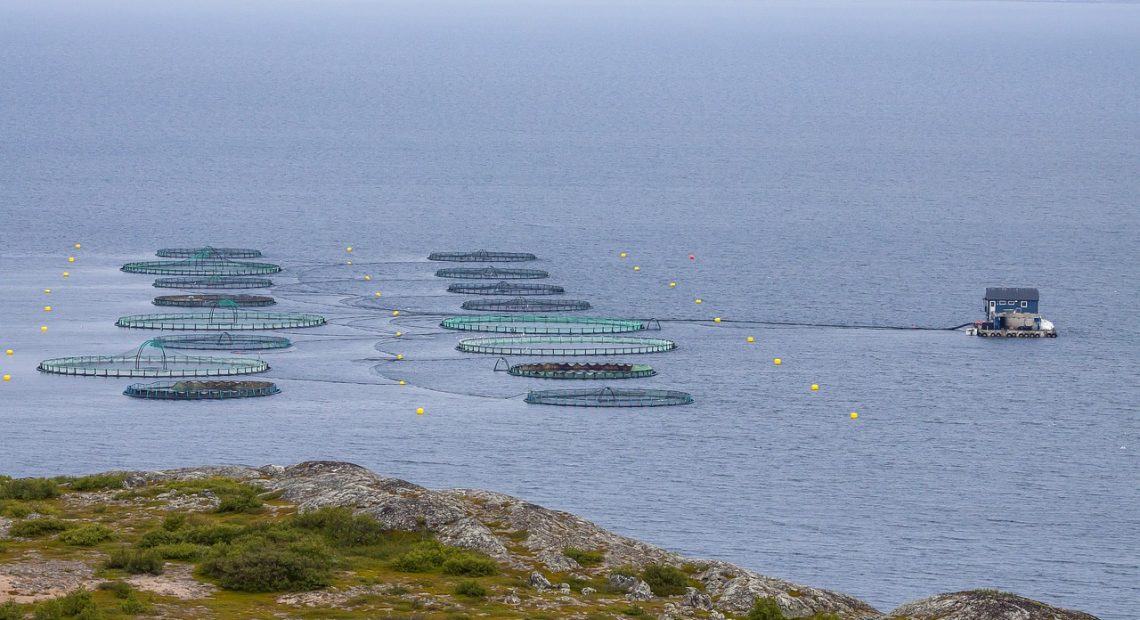
Fish. It’s not just for Friday night dinner anymore! People are consuming more seafood globally than ever before. With wild fish stocks in trouble (thanks, overfishing!), it’s clear that relying solely on the oceans won’t cut it. Enter aquaculture – the farming of fish and other aquatic life. But wait a minute! It’s time for a different kind of aquaculture, one that works in harmony with the environment, eco-friendly aquaculture.
What is Eco-friendly Aquaculture, Anyway?
Picture crystal-clear waters, sustainable production methods, and a healthy dose of respect for marine ecosystems. That is the essence of eco-friendly aquaculture (also called “ocean-friendly aquaculture”). It’s all about striking a delicate balance between meeting the world’s seafood demands and ensuring the health of our oceans for generations to come.
Think of this approach as a seafood sustainability makeover!
Beyond Buzzwords: The Tangible Benefits
Ready to make some waves in the business world? Eco-friendly aquaculture presents a compelling value proposition. Let’s dive in:
Reduced Pressure on Wild Fish Stocks: Say goodbye to the “fishing out the oceans” dilemma. Raising fish and shellfish in controlled environments gives wild populations a much-needed breather. It’s a win-win: more seafood for us and more chances for marine ecosystems to recover.
Preserving our Oceans: We need healthy oceans, that’s a no-brainer. Eco-friendly aquaculture champions practices that keep waters clean, minimise waste and safeguard marine biodiversity.
Food Security: With a growing global population, securing a steady food supply is critical. Aquaculture plays a key role, providing a reliable protein source with a smaller environmental footprint than traditional livestock farming.
The Economic Wave: From fishing villages to seafood markets, eco-friendly aquaculture brings jobs and economic opportunities to coastal communities worldwide. It’s a triple bottom-line boost: profits, people, and the planet.
Eco-Friendly Techniques: Where the Magic Happens
Think of these as your aquaculture superhero power-ups:
Integrated Multi-Trophic Aquaculture (IMTA): Fancy name, simple brilliance! IMTA imitates natural ecosystems by co-cultivating species that support one another. Fish waste becomes fertiliser for seaweed, seaweed cleanses the water, happy times all around! Talk about circular economy.
Closed-Loop Systems: These land-based marvels minimise interaction with wild environments, slashing risks of pollution or escapes. Think of it as high-tech, ultra-controlled fish farming.
Sustainable Feed Innovations: Fish gotta eat, right? Traditional fish feed made from wild-caught fish was a big issue. Enter alternatives: insect proteins, algae-based feeds, and novel ingredients changing the game.
Ocean-based Restoration: Aquaculture isn’t just about farming, it’s about giving back too! Cultivating shellfish (like oysters and mussels) helps filter water and rebuild reefs, becoming an active force for ecosystem restoration.
The Business Case: Why You Should Care
Eco-friendly aquaculture isn’t just good for Mother Earth, it’s smart business:
Reputation is Queen: Consumers increasingly demand sustainable and ethical products. Showing your eco-awareness builds trust and positions you ahead of the curve.
Future-Proofing: Investing in sustainable practices now safeguards your business for the long haul. As resources tighten and regulations change, you’ll already be in compliance, ahead of the competition.
Premium Products: Eco-conscious seafood often commands better prices. Think of it as the “organic label” of the fish world – a mark of quality and value.
Eco-friendly aquaculture is the future of seafood, a win-win for business and the ocean. If you’re in the seafood industry, ignoring it is a missed opportunity. If you’re simply a responsible business owner, championing these practices sends a powerful message about your company’s values.
The tide is turning – will you ride the wave of sustainable seafood or get left behind?
Challenges and Considerations: Navigating the Eco-friendly Seascape
While the potential of eco-friendly aquaculture is undeniable, it’s not all smooth sailing. Let’s tackle some challenges and considerations for aspiring ocean-friendly entrepreneurs:
Cost and Investment: Implementing sustainable practices often requires an initial investment in technology, training, and infrastructure. However, these costs can be offset by long-term cost savings and premium-priced products.
Regulation and Standards: The field of eco-friendly aquaculture is evolving, and regulations are still developing. Staying informed about evolving industry standards and certifications is crucial to ensure legitimacy and market access.
Consumer Awareness: Educating consumers about the difference between conventional and eco-friendly aquaculture is key to building market demand and premium price points. Collaborative marketing efforts within the industry can help bridge this gap.
Ready to Dive In? Resources for the Eco-conscious Entrepreneur
The good news? You don’t have to navigate the eco-friendly seascape alone. Here are some resources to guide you:
The Global Aquaculture Alliance (GAA): This organisation sets global standards for responsible aquaculture and offers valuable resources for businesses.
The Aquaculture Stewardship Council (ASC): This independent organisation certifies sustainable seafood production, helping consumers make informed choices.
Government Agencies and Industry Associations: Many government agencies and industry associations offer resources, guidance, and support for sustainable aquaculture practices.
Conclusion: A Sustainable Seafood Future Awaits
The choice is clear: we can continue down the path of unsustainable overfishing, or we can embrace the future of eco-friendly aquaculture. As responsible business owners and ocean enthusiasts, the choice is in our hands. Let’s choose a future where we can enjoy delicious seafood without compromising the health of our oceans.
Remember, every small step, every conscious decision, contributes to a wave of change. So, join the movement, embrace eco-friendly aquaculture, and be a part of a future where delicious seafood and healthy oceans coexist in harmony.
Facts and Statistics: Highlighting the Impact
Here’s a glimpse into the significant role eco-friendly aquaculture plays in the future of our food systems:
Global Aquaculture Growth: According to the Food and Agriculture Organization (FAO) of the United Nations, aquaculture currently accounts for over 50% of all seafood consumed globally, and is projected to continue growing at a rate exceeding 2% per year.
Environmental Benefits: A 2021 study published in the journal “Nature Food” found that compared to traditional capture fisheries, eco-friendly aquaculture can offer up to 90% reduction in greenhouse gas emissions and 80% decrease in nutrient pollution.
Economic Impact: The FAO estimates that aquaculture currently employs over 20 million people globally, with much of this growth happening in developing countries.
Consumer Demand: A 2023 study by the Marine Stewardship Council (MSC) revealed that 73% of global consumers are concerned about the sustainability of the seafood they buy, highlighting the growing demand for responsible and eco-friendly aquaculture products.
Resources
Adopting eco-friendly aquaculture practices for a healthier planet
STAY COVID AWARE AND MONKEYPOX VIGILANT, WARNS VAN AMEYDE MARINE AS WINTER WAVES LOOM

